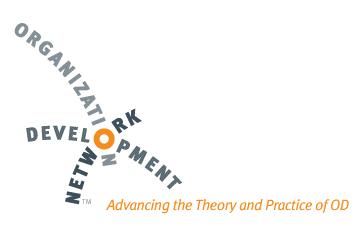organizational design
“Organization design involves the creation of roles, processes, and formal reporting relationships in an organization. One can distinguish between two phases in an organization design process: Strategic grouping, which establishes the overall structure of the organization (its main sub-units and their relationships), and operational design, which defines the more detailed roles and processes. The field is mainly practice-driven and many consulting firms offer organization design assistance to managers. However, there is also substantial academic literature. The most frequently cited book is still Thompson (1967); other key works include Galbraith (1973) and Lawrence & Lorsch (1967).
It is important to distinguish between organization design and organization theory. The latter is a descriptive discipline, mainly focusing on describing and understanding organizational functioning. Organization design is (as the name suggests) a more normative, design-oriented discipline that aims to produce the frameworks and tools required to create effective organizations.”
Source: http://en.wikipedia.org/wiki/Organization_design
Organization Design involves the creation of roles, processes, and formal reporting relationships in an organization. There are two phases in an organization design process: Strategic grouping, which establishes the overall structure of the organization, (its main sub-units and their relationships), and operational design, which defines the more detailed roles and processes. It is a formal, guided process, for integrating the people, information, and technology of an organization. Through the design process, organizations act to improve the probability that the collective efforts of member will be successful.
Good organizational design helps communications, productivity, and innovation. It creates an environment where people can work effectively. How work is done, business processes, information sharing and how people work together all affect how well the organization performs. All of these factors are a big part of the organizations design and how each part is important to the organizations success.
A well-designed company ensures that the infrastructure of the organization matches its purpose and strategy, meets the challenges posed by business realities and significantly increases the possibility that the collective efforts of people will be successful.
Request your free assessment to see how we can help your organizational design.






